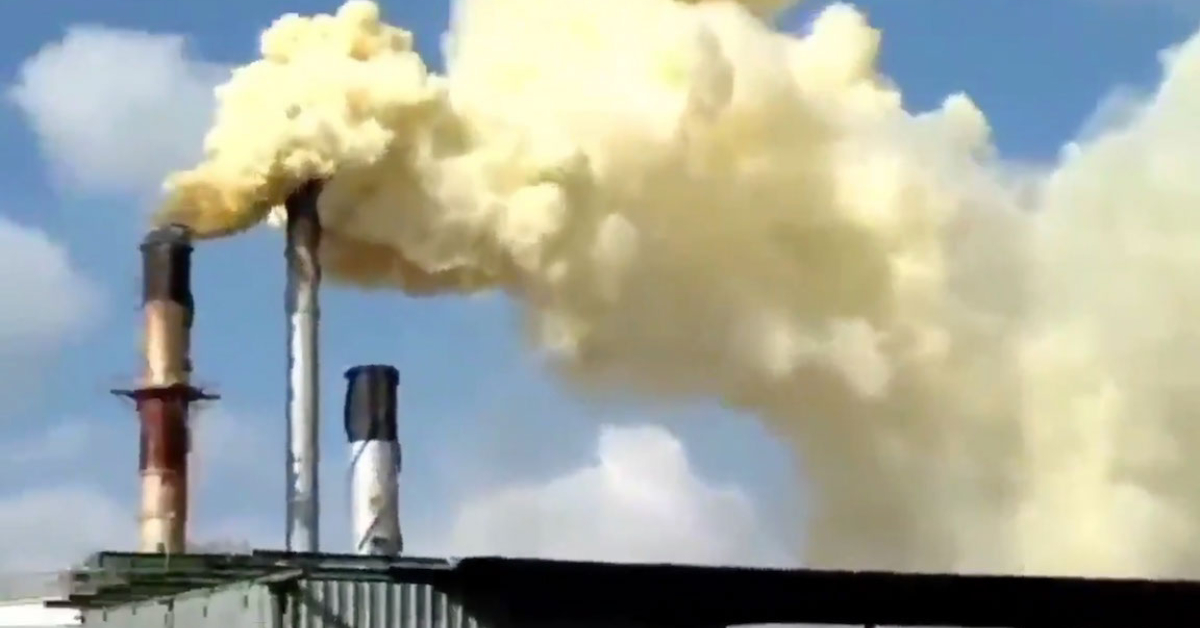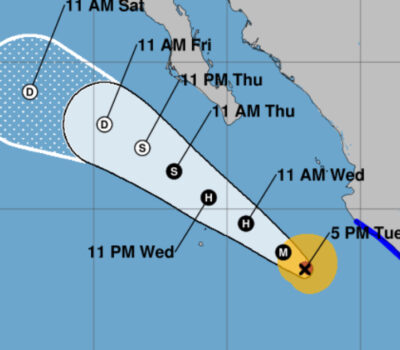One of the highlights of the long-awaited UN climate change convention, held last week, was the ambitious emissions targets announced by Mexico, proudly presented by the country’s foreign secretary, Marcelo Ebrard, along with US special presidential envoy John Kerry.
There is only one problem. Energy experts do not view Mexico’s commitment to cut carbon emissions by 35 percent by 2030 as indicative of a policy change, but rather as a political maneuver in a long-running trade dispute with its northern neighbor.
Under the leadership of President Andrés Manuel López Obrador, Mexico has increasingly moved towards a fossil fuel-based energy policy led by the country’s state-owned energy companies, to the detriment of private sector-driven renewable energy projects. Mexico’s nationalist policies have sparked a potentially contentious conflict with the United States over alleged breaches of its commitments under the USMCA regional free trade agreement, and the country’s climate pledges are seen as buying time amid the heated bilateral talks, with little chance of taking place under the current administration.
The Mexico target announced at the COP27 convention is “completely contrary to the politics and rhetoric that has come out of Mexico, and it is not difficult to conclude that they are experiencing bilateral pressure,” said John Padilla, managing director of IPD Latin America. “The opinion of many people who are closely following this issue is that these are delaying tactics. The story here is not in favor of the actions that are being put on the table.”
Negotiations between the US and Mexico under the USMCA were extended last month after an agreement was not reached on Mexico’s energy legislation, which the Americans consider harms foreign companies in the electricity sector.
AMLO amended the law to allow the Federal Electricity Commission (CFE) to have priority for its aging hydroelectric and thermoelectric plants on the power grid, while privately owned wind and solar projects come next in the order of priority. The regulator has also prevented foreign companies from pushing clean energy projects by not granting them permits to operate.
Should the US request a panel as part of the USMCA trade dispute resolution procedure, it could pave the way for Mexico’s trading partners to apply retaliatory measures, such as tariffs on Mexican exports.
“The biggest driver right now is actually AMLO trying to postpone US action under USMCA on energy legislation,” said Duncan Wood, Wilson Center vice president for Strategy and New Initiatives. “What you are doing is buying time in the negotiation on the consultation and, therefore, the panel. He’s trying to put it off for as long as possible.”
AMLO representatives did not respond to a request for comment. A spokesman for the Mexican Foreign Ministry declined to comment.
Among the announced measures, Mexico plans to deploy more than 30 gigawatts of new wind, solar, geothermal, and hydroelectric capacity by 2030, and has a preliminary investment plan of $48 billion. Its new emissions reduction target is higher than the previous one, which was 22 percent by 2030.
The core of AMLO’s plan envisions transforming the northwestern Mexican state of Sonora into a renewable energy hub, replete with solar and wind plants, lithium mining, and electric vehicle factories. López Obrador has asked the United States to help finance the so-called Plan Sonora, which he has said President Joe Biden could sign on a visit to Mexico in December or January.
However, AMLO has indicated that the CFE would be the majority owner of any project in Sonora, which could make it difficult to implement the plan due to the state company’s lack of resources, Wood said. “If the government decides to do all of this through the CFE, then there is no way that they will achieve it,” he said. “And it’s also a sign that they’re not taking it very seriously.”
One of the highlights of the long-awaited UN climate change convention, held last week, was the ambitious emissions targets announced by Mexico, proudly . . .












